Have you ever noticed how your skin tends to mirror your stress levels? Breakouts when you’re anxious, dullness when you’re overwhelmed, or irritation that seems to pop up out of nowhere? You’re not imagining it. The connection between stress and skin health is very real, and that’s exactly where adaptogens come into the spotlight.
As a professional formulator and a lifelong student of nature-based skincare, I’ve been watching the adaptogens wave rise steadily in the beauty world. But this isn’t just a trend, it’s a beautiful blend of ancient herbal wisdom meeting modern skin science.
So what exactly are adaptogens? How do they benefit your skin? And which ones should you look for when scanning skincare labels or crafting your own botanical creations?
In this blog, we’re diving deep into the fascinating world of adaptogens, exploring their roots, the science behind their soothing magic, and how they’re redefining skincare for stressed, sensitive, and modern-day skin. Whether you’re a skincare enthusiast or a budding formulator, you’re going to love this one.
Ready to discover nature’s calm in a bottle? Let’s get started.
What Are Adaptogens?
Let’s start with the basics, because understanding what adaptogens really are helps us see why they’re such game-changers in skincare.
Adaptogens are a special class of herbs, roots, and mushrooms that help the body, and yes, the skin, adapt to stress. That’s actually where they get their name from. These incredible botanicals don’t just target one issue. Instead, they bring balance. Whether your skin is acting dry, oily, inflamed, or just “meh,” adaptogens work with your body’s natural rhythms to bring things back into harmony.
Now, here’s where it gets interesting from a formulator’s lens.
Adaptogens have been used for centuries in traditional healing systems like Ayurveda, Traditional Chinese Medicine (TCM), and folk herbalism. Think of herbs like Ashwagandha, Tulsi, Ginseng, and Reishi, these aren’t new. But what’s new is how we’re integrating them into modern skincare formulations using advanced extraction methods and delivery systems.
Topically, they help manage signs of stress on the skin, things like inflammation, dullness, redness, and barrier damage. And while ingesting adaptogens can benefit your skin from the inside out, applying them directly allows us to target visible skin concerns more effectively.
In simple terms? Adaptogens are like botanical bodyguards for your skin, calming, protecting, and restoring balance in an increasingly chaotic world.
How Adaptogens Benefit the Skin
Now that we know what adaptogens are, let’s talk about why your skin absolutely loves them.
Think of your skin like a mirror to your internal and external stress. Whether it’s pollution, UV exposure, lack of sleep, hormonal imbalances, or emotional stress, your skin reacts. This is where adaptogens step in like calm, grounding friends.
Here’s how they work their magic:
They Reduce Inflammation and Soothe Irritation
Many adaptogens have natural anti-inflammatory compounds that help calm redness, itching, and sensitivity. Ingredients like Reishi mushroom and Licorice root are known for soothing inflamed skin and helping it bounce back gently.
They Strengthen the Skin Barrier
Adaptogens support the skin’s first line of defense, the lipid barrier. A strong barrier means less water loss, fewer breakouts, and better resistance to pollutants and allergens. Gotu Kola, for example, not only boosts barrier function but also encourages collagen production, double win!
They Help Balance Oil Production
If you’re someone who battles between dry patches and oily zones (hello, combination skin!), adaptogens might be your holy grail. Ashwagandha and Tulsi help regulate sebum without stripping the skin, making them ideal for both oily and acne-prone skin types.
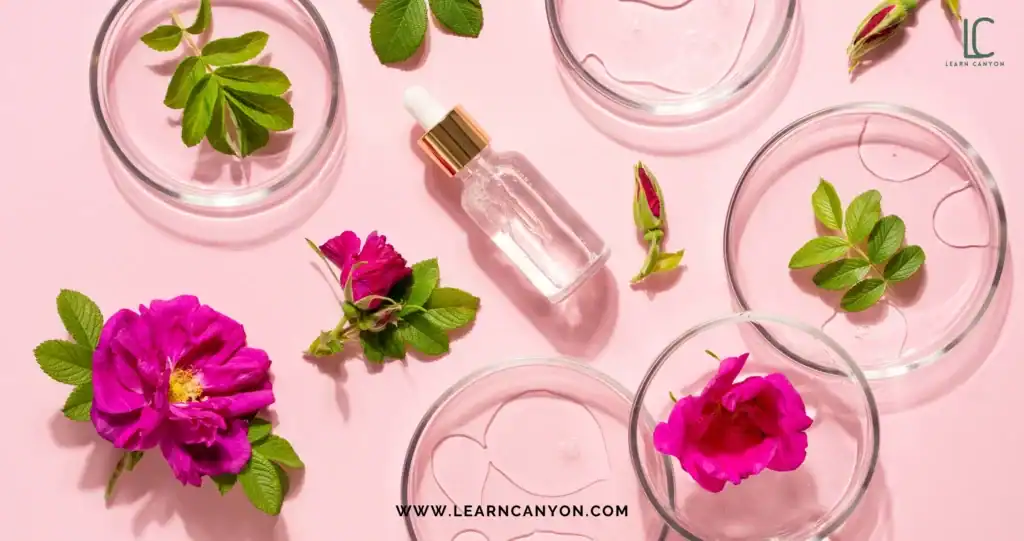
They Offer Antioxidant Protection
Adaptogens are often rich in flavonoids and polyphenols, which fight off free radicals, the unstable molecules that speed up aging and skin damage. Rhodiola and Schisandra, for example, are antioxidant powerhouses that protect the skin from oxidative stress and premature aging.
They Boost Hydration and Resilience
Some adaptogens, like Ginseng and Snow Mushroom, help increase skin hydration and promote elasticity. They keep your skin looking fresh, bouncy, and plump, especially helpful in dry or mature skin formulations.
As a formulator, what I find most fascinating is how adaptogens work on a deeper level. They don’t just mask symptoms, they guide the skin back to its natural state of equilibrium. And that, to me, is where the real beauty lies.
How Are Adaptogens Used in Skincare?
Now that we understand why adaptogens are so beneficial, let’s get into the fun part, how we actually use them in skincare.
As a formulator, I see adaptogens as incredibly versatile. They can be added to nearly every type of product, from calming serums and hydrating creams to face masks, toners, and even cleansers. The key is choosing the right extraction method, pairing them with the right ingredients, and respecting their unique characteristics.
Forms of Adaptogens in Formulation
Adaptogens can come in a few different forms:
- Extracts (water or glycerin-based): Great for serums, toners, and emulsions, these deliver the active compounds straight to the skin.
- Oil infusions: Perfect for balms and facial oils, especially when the adaptogen has oil-soluble properties.
- Powders (fine botanical powders): Used in dry masks, exfoliants, or emulsions when properly dispersed.
- Fermented extracts or bioactive blends: These are becoming increasingly popular because they improve bioavailability and skin compatibility.
Depending on the product you’re formulating, you’ll want to choose the adaptogen form that aligns with your base and your skin goals.
Synergistic Pairings
I love pairing adaptogens with ingredients that enhance their effects. For example:
- Ashwagandha + Niacinamide for calming and barrier repair
- Reishi + Hyaluronic Acid for deep hydration and anti-inflammatory
- Tulsi + Green Tea Extract for antioxidant protection in toners or day creams
When these botanicals are paired wisely, they amplify each other’s power, kind of like a perfect herbal symphony!
Formulation Tips:
Adaptogens are potent, but gentle. Here are a few tips I always follow:
- Stick to recommended usage rates (usually 0.5% to 5%, depending on the type and concentration).
- Use them in the cool-down phase of your formulation if they’re heat-sensitive.
- Watch the pH, some adaptogens can destabilize a formula if the pH isn’t compatible.
- Don’t forget preservation, especially if you’re working with water-based herbal extracts.
And remember, adaptogens are best when they feel intentional in your formula, not just sprinkled in for trend appeal.
Top Adaptogens to Look for in Skincare
With so many herbs being called “adaptogens” these days, it’s easy to feel overwhelmed. But don’t worry, I’m going to walk you through some of the most effective, skin-loving adaptogens that truly deserve a place in your skincare formulations (or your routine!).
Each of these botanicals brings something special to the table, and as a formulator, I love combining their traditional roots with modern techniques to create high-performance, soul-soothing products.
Let’s explore my top favorites:
Ashwagandha (Withania somnifera)
One of Ayurveda’s most treasured herbs, Ashwagandha is known for its ability to calm both the body and the skin. In topical skincare, it helps reduce inflammation, protect against oxidative stress, and even stimulate collagen production. It’s wonderful in anti-aging and barrier-repair formulas.
Tulsi (Holy Basil)
Tulsi is like a breath of fresh air for the skin. It’s detoxifying, purifying, and incredibly balancing, great for acne-prone or congested skin. It also has antimicrobial properties and is ideal in toners, spot treatments, or calming masks.
Reishi Mushroom
Reishi is known as the “mushroom of immortality”, and I must say, it lives up to the name. Rich in beta-glucans, it hydrates deeply, soothes sensitive skin, and strengthens the skin barrier. I especially love using Reishi in products meant for stressed, reactive skin.
Rhodiola Rosea
A powerful herb from cold, harsh climates, Rhodiola protects the skin from environmental stress, pollution, UV damage, and oxidative stress. It’s energizing and brightening, making it a great addition to serums and day creams for dull or fatigued skin.
Licorice Root
Yes, it’s technically an adaptogen! Licorice is a favorite of mine for formulations targeting hyperpigmentation and redness. It gently brightens the skin, calms irritation, and offers anti-inflammatory support. It pairs beautifully with niacinamide and panthenol.
Gotu Kola (Centella asiatica)
If your goal is healing, firming, or soothing, Gotu Kola is your best friend. It’s packed with triterpenoids that stimulate collagen and aid in wound healing. I often use it in post-acne repair serums, soothing gels, and even eye creams.
Schisandra Berry
This adaptogen doesn’t just sound exotic, it is a powerhouse. Schisandra protects the skin from external stressors, firms and tones, and helps improve skin texture. It’s great in formulations for mature skin or city dwellers constantly exposed to pollution.
Ginseng (Panax Ginseng)
A classic in K-beauty and herbal medicine, Ginseng revitalizes the skin, boosts circulation, and enhances overall tone. It’s excellent in energizing serums, masks, or under-eye treatments. Plus, it plays well with actives like peptides and vitamin C.
As a formulator, my advice is to choose adaptogens based on the need of the skin, not just popularity. Each of these herbs brings its own beautiful energy, and when used thoughtfully, they can truly elevate a formulation from good to soulful.
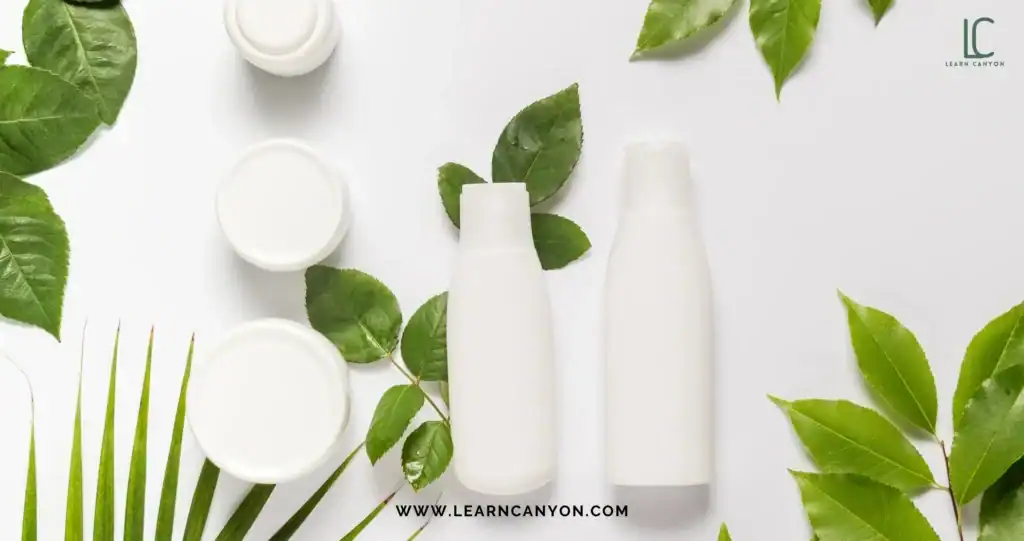
Are Adaptogens Backed by Science?
This is a question I get asked all the time, especially by students who are just starting their journey into herbal skincare formulation. And I absolutely love this question, because it opens the door to a beautiful conversation between ancient wisdom and modern research.
The short answer?
Yes, adaptogens are backed by science, and the research is growing every year.
Many of these herbs, like Ashwagandha, Gotu Kola, Reishi, and Ginseng, have been extensively studied not only for their effects on stress regulation and immunity but also for their topical benefits. For example:
- Gotu Kola (Centella asiatica) has been clinically shown to increase collagen synthesis and improve wound healing. It’s now a staple in many scar-repair and anti-aging formulations for this reason.
- Licorice Root contains glabridin, a compound proven to reduce pigmentation and soothe inflammation, making it a go-to for brightening serums and calming creams.
- Reishi Mushroom is rich in beta-glucans, which are known to support hydration and barrier repair, especially useful for sensitive or damaged skin.
- Ginseng has been shown to increase microcirculation, reduce signs of fatigue, and promote skin regeneration, no wonder it’s a hero in K-beauty!
What I find exciting is that cosmetic science is finally catching up with what Ayurveda and Traditional Chinese Medicine have known for centuries. Today, we’re using advanced extraction techniques and delivery systems, like liposomal encapsulation or bio-fermentation, to make these herbal actives even more potent and skin-compatible.
Of course, like with all botanicals, not every adaptogen has the same level of clinical data. Some still fall into the category of “emerging research,” but the anecdotal evidence and historical use are incredibly strong, and personally, that holds value too.
As a professional formulator, I always encourage balancing traditional knowledge with evidence-based formulation. And adaptogens, in my experience, offer the best of both worlds.
Choosing the Right Adaptogenic Skincare Product
Alright, so now that you’re excited about adaptogens (and I know you are!), let’s talk about how to actually choose the right skincare product that features them.
Because here’s the thing, not all adaptogenic skincare is created equal. And as someone who reads labels like novels (I know you do too!), I want you to feel confident and informed.
1. Check the Ingredient List, Not Just the Label Claims
Many brands love throwing the word adaptogen around because it’s trending, but often, it’s included in trace amounts, just enough to market it. Always check the INCI list and see where your adaptogen falls. If it’s tucked away after the preservatives or fragrance, chances are it’s not doing much for your skin.
2. Look for the Form of the Extract
Are they using a water extract, glycerite, oil infusion, or fermented version? Each has its own benefits and ideal uses. For example:
- Water-based extracts are great for serums and toners.
- Oil infusions shine in balms or facial oils.
- Fermented adaptogens often have better skin penetration and lower irritation potential.
Knowing the form helps you understand how the ingredient will perform in your routine.
3. Concentration Matters
This one’s key. A product with 0.5% Reishi isn’t going to act the same way as a formula with 5%. While not all brands disclose exact percentages, some do (especially clean or science-forward brands). And if you’re formulating your own, you’re in full control, how exciting is that?
4. Choose Based on Skin Needs, Not Hype
Just because Ginseng is everywhere doesn’t mean it’s the right fit for your skin. Oily skin? Try Tulsi. Sensitive or barrier-damaged? Reach for Reishi or Gotu Kola. Mature skin? Ginseng and Rhodiola could be your dream team. Think in terms of your skin’s story, not the trend.
5. Go for Synergy, Not Chaos
A well-crafted adaptogenic product will have complementary ingredients, like ceramides, niacinamide, or panthenol, to enhance results. If you see a long list of unrelated trendy actives, it might be more marketing than method.
As a formulator and teacher, I always tell my students this: Adaptogens are gentle, powerful, and wise, but only when used with intention. So when choosing or creating adaptogenic skincare, tune into your skin’s needs, learn about the herbs, and aim for harmony, not hype.
And hey, if you’re ever in doubt, you can always ask: “Would Priya approve of this formula?”
Formulator’s Note
If you’ve made it this far, I can tell you’re someone who genuinely cares about what goes on your skin, and probably enjoys crafting your own blends, too. So here’s a little note from me, as a fellow formulator and lover of all things botanical.
Adaptogens are truly one of my favorite classes of ingredients to work with. They carry such a deep, rooted energy, gentle yet transformative. When I first began integrating adaptogens into my formulations years ago, it felt like inviting the wisdom of nature into my lab. And honestly? My formulas haven’t been the same since.
But here’s what I’ve learned along the way:
- Less is more. You don’t need to cram five different adaptogens into one product. One or two, used thoughtfully and at the right concentration, can work wonders.
- Extraction matters. A well-prepared extract makes all the difference. Whenever possible, go for high-quality, standardized extracts, or make your own if you’re working small-batch and love herbal crafting (I still love doing this when I want something special!).
- Trust the skin’s intelligence. Adaptogens don’t force results; they guide the skin back to balance. This makes them perfect for sensitive skin, barrier repair, and those going through hormonal or seasonal skin shifts.
Most of all, I encourage you to blend with intention. Whether you’re formulating for yourself, your brand, or your clients, think about what that skin truly needs, nourishment, calm, protection, and let the adaptogens support that journey.
And if you’re new to using adaptogens in your formulations? Start with one. Feel it. Work with it. Understand its story. That’s how the magic happens.
Adaptogens may be trending in the skincare world right now, but let me tell you, they’re so much more than a passing phase. These herbs carry centuries of traditional wisdom, and when we approach them with care, intention, and good formulation practices, they become powerful allies for the skin.
Whether you’re reaching for a product that calms inflammation, brightens dullness, or simply helps your skin feel more balanced, adaptogens offer a holistic, grounded approach that goes beyond surface-level beauty. They remind us that skin health isn’t just about fixing problems, it’s about nurturing resilience.
As a formulator, I see adaptogens as gentle guides. They don’t force change, they support it. And that’s the kind of energy I believe we all need more of, in our skincare routines, and in our lives.
So, whether you’re just exploring adaptogens or already crafting with them, I hope this guide gave you clarity, inspiration, and that spark to dive deeper.
Your skin deserves that kind of care. And so do you.


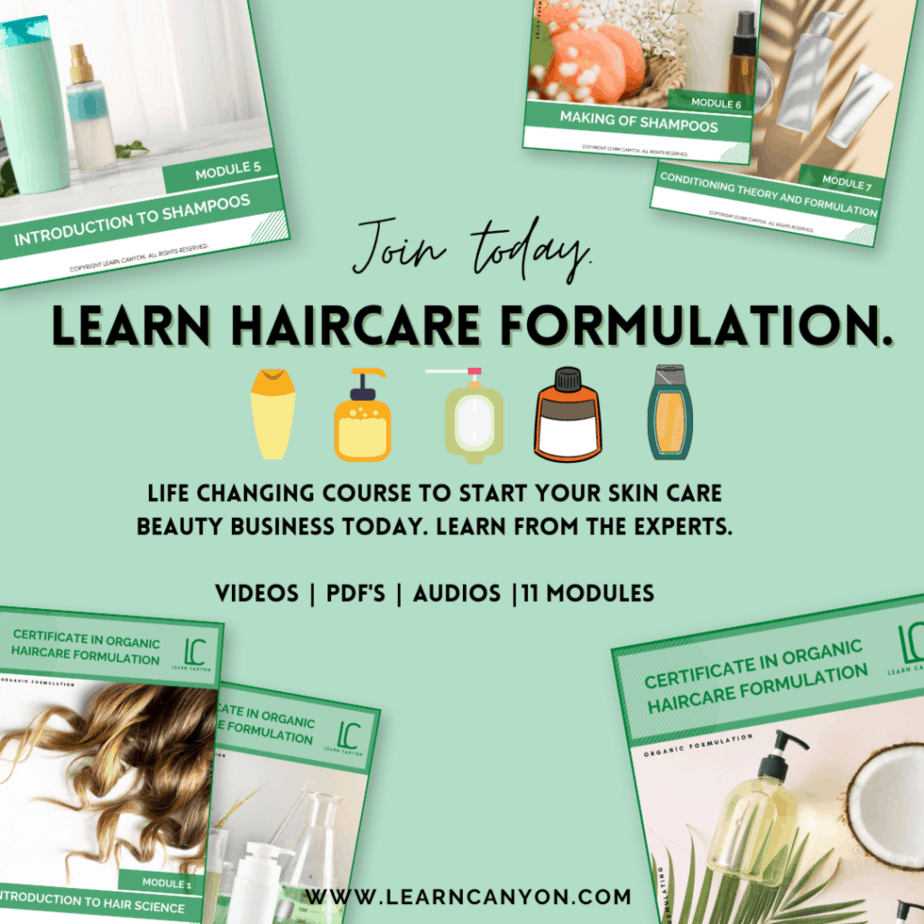
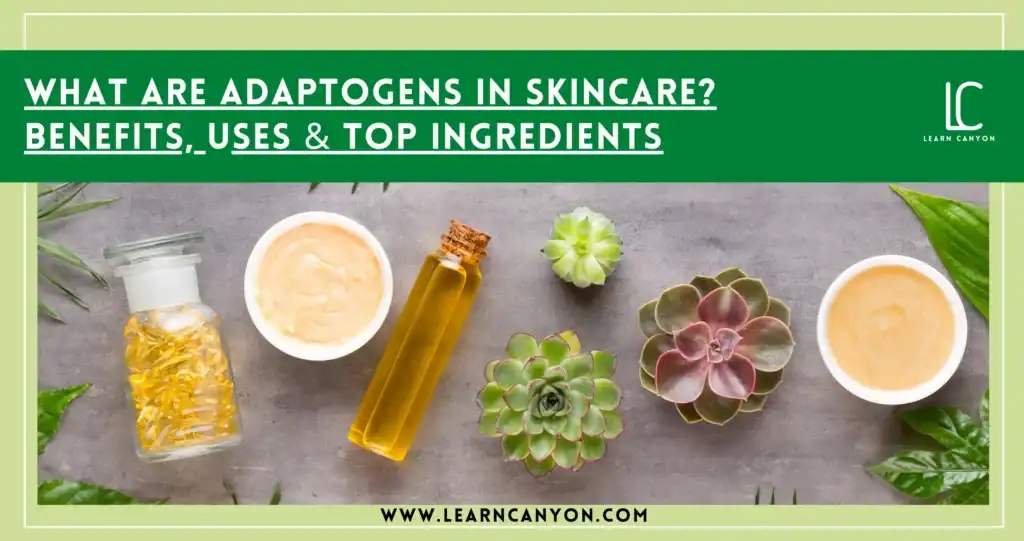

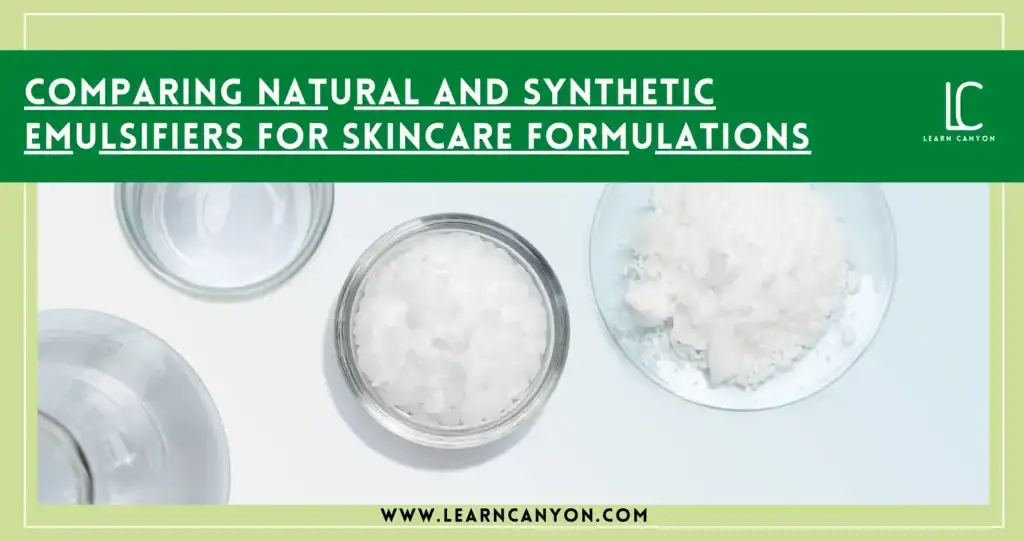
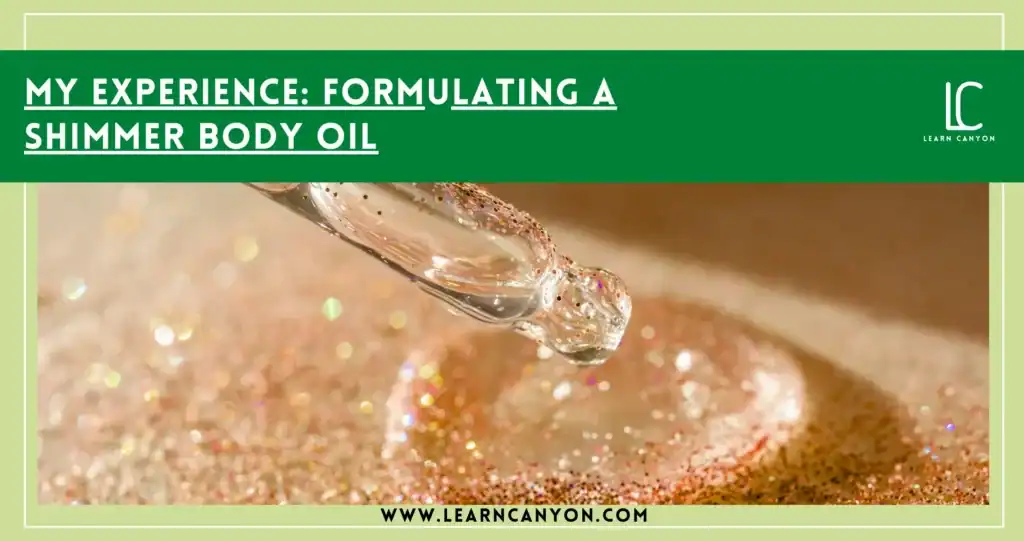




1 thought on “What Are Adaptogens in Skincare? Benefits, Uses & Top Ingredients”
Thank you so much